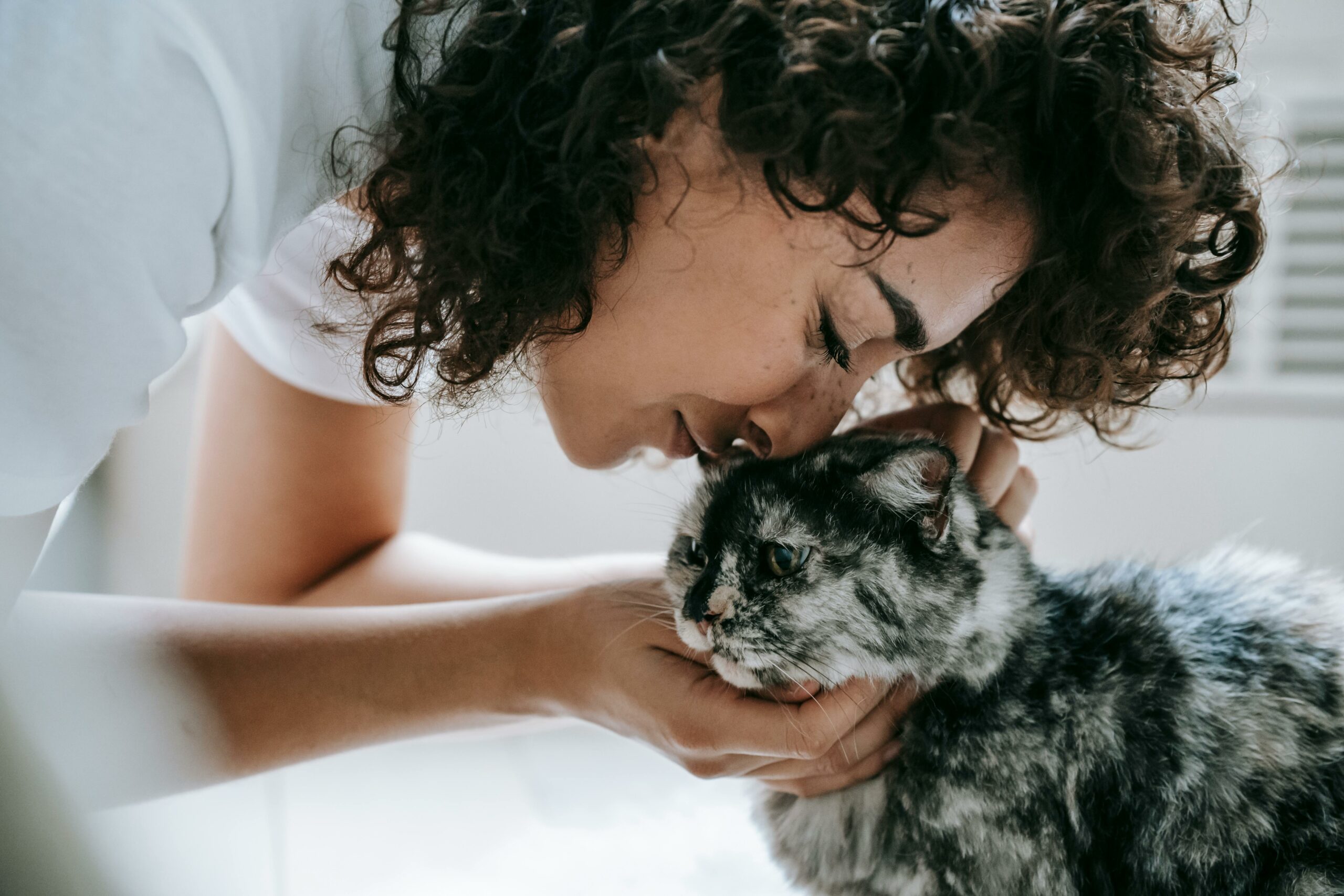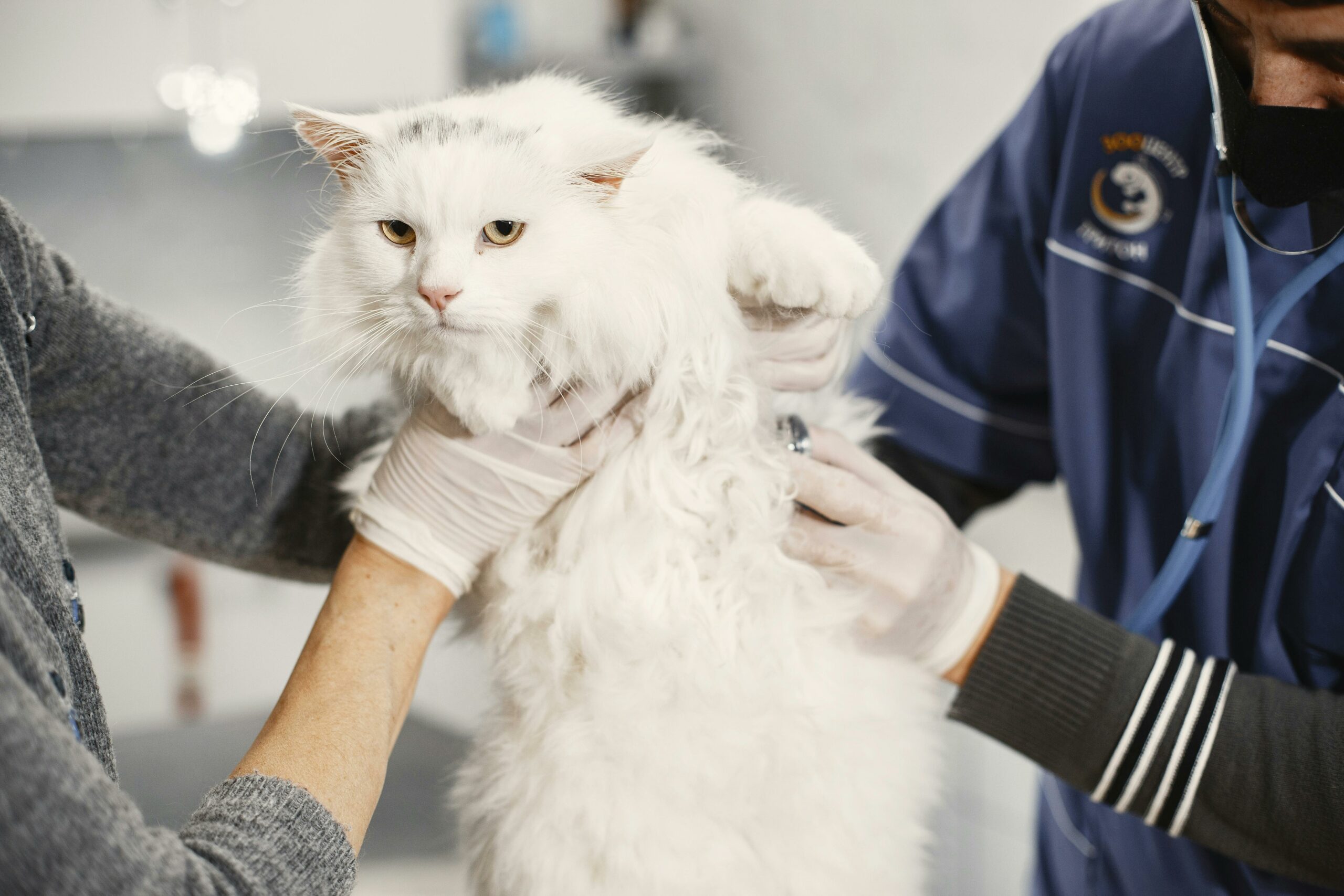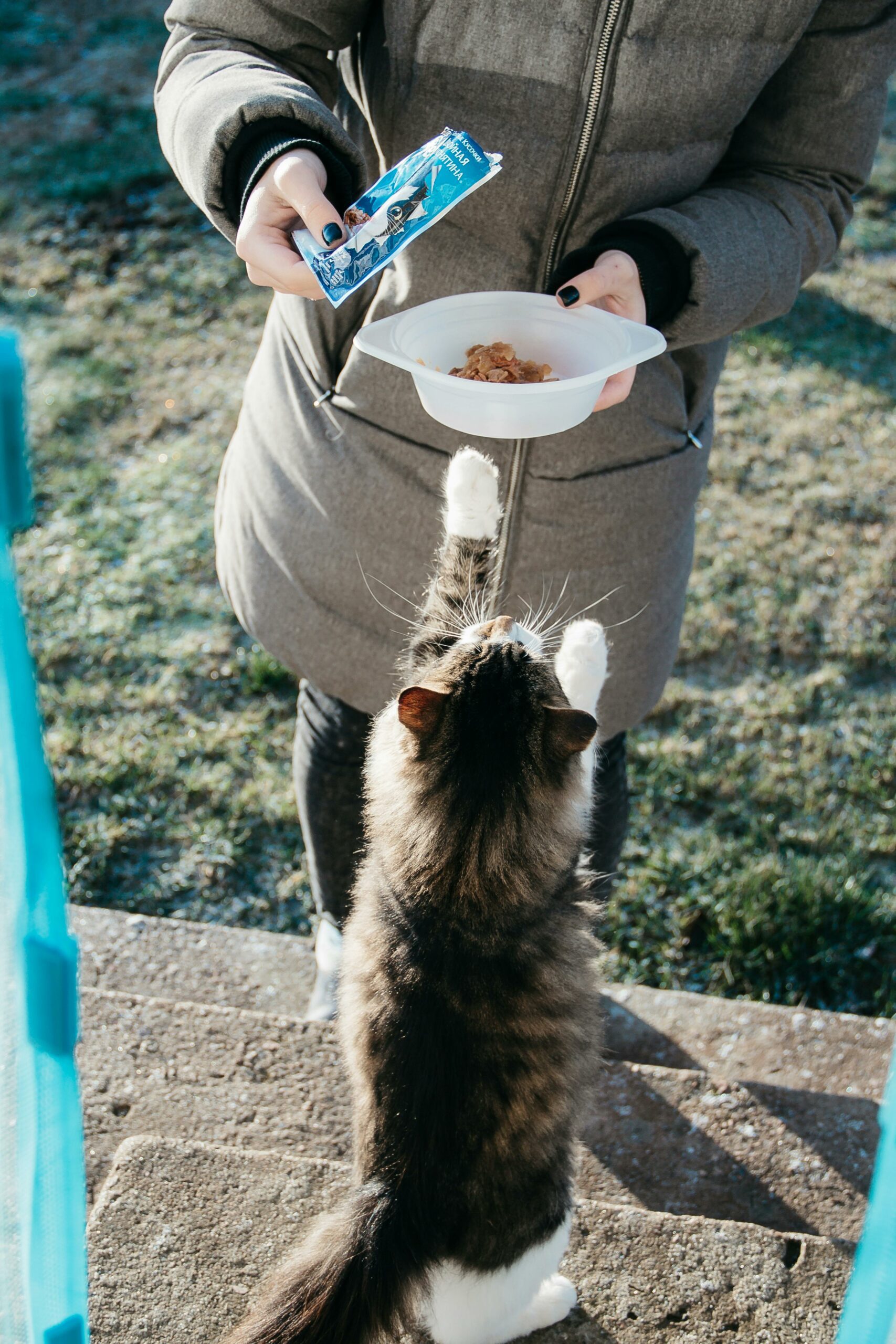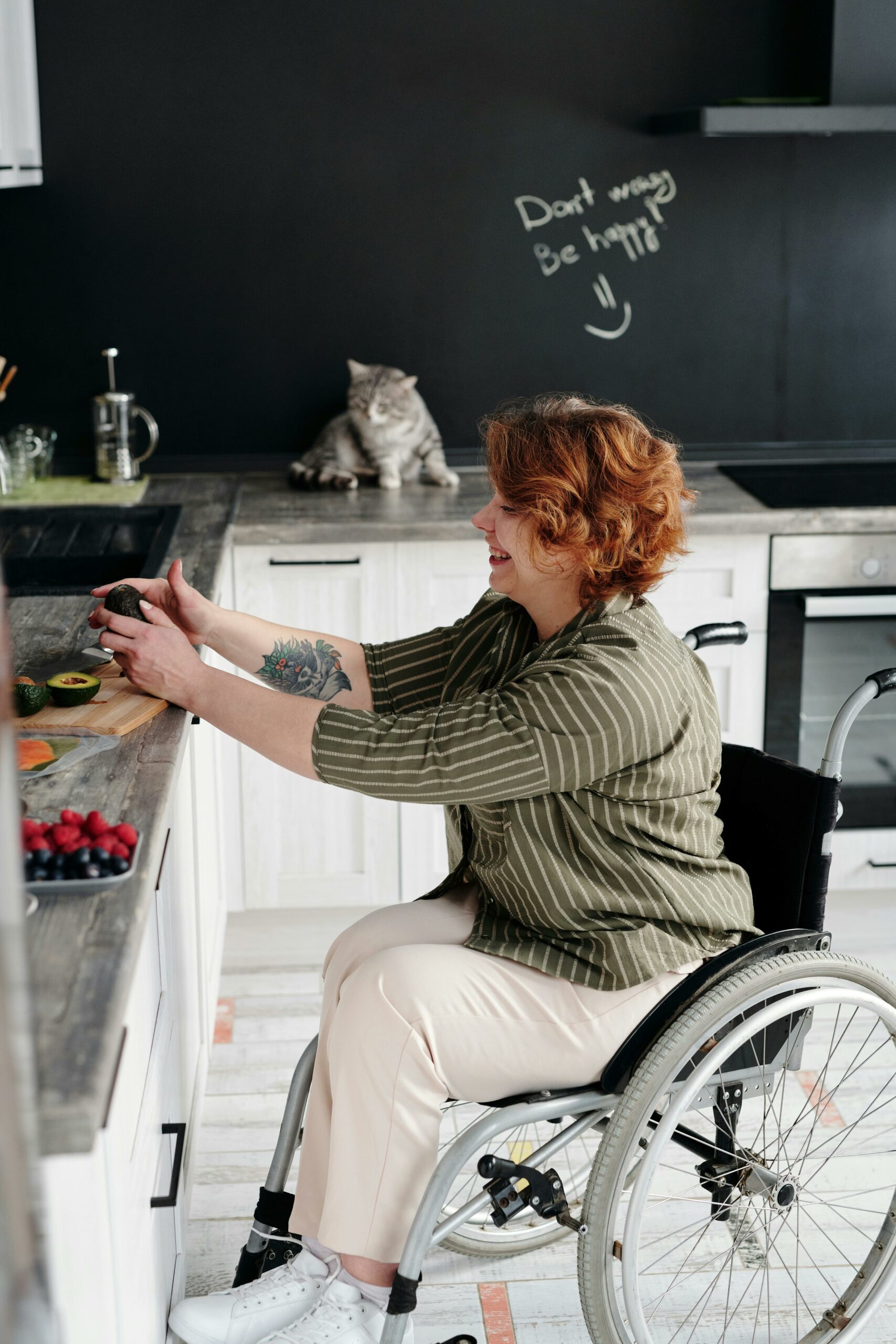The best way to put a cat dieting is by gradually reducing their food intake and increasing exercise. It’s important to consult a veterinarian for a tailored plan based on the cat’s specific needs and health status.
Many pet owners struggle with managing their cat’s weight, which can lead to various health issues. By implementing a structured diet and exercise regimen, you can help your cat achieve a healthy weight and improve their overall well-being. We will explore effective strategies for putting your cat dieting while ensuring they receive the necessary nutrients.
Let’s explore into practical tips and considerations for successfully managing your cat’s weight and promoting a healthier lifestyle.
Recognising The Need For A Diet
Recognising the need for a diet in cats is crucial for their health. The best way to put a cat dieting is by gradually reducing portions and incorporating more exercise into their routine. Consulting a veterinarian for a tailored diet plan is recommended for effective weight management.
Identifying Signs Of Obesity

Cats may show signs of obesity through decreased activity levels and difficulty grooming themselves.
Observe if your cat has a visibly rounder shape or has a sagging belly when standing.
Health Risks Associated With Overweight Cats
Obesity in cats can lead to serious health issues like diabetes and joint problems.
It can also increase the risk of heart disease and lower the overall quality of life for your feline friend.
Recognising the Need for a Diet:
If your cat is gaining weight or displaying signs of obesity, it’s crucial to address their diet.
Identifying signs of obesity and understanding the associated health risks can help you make informed decisions.
Consulting With A Veterinarian
Before starting on a weight management journey for your feline friend, it’s crucial to seek professional guidance from a veterinarian. Importance of Professional Advice.
Importance Of Professional Advice
Professional veterinary advice is essential when putting your cat dieting. Your veterinarian can conduct a thorough assessment of your cat’s health and provide personalized recommendations based on their unique needs.
Creating A Tailored Diet Plan

Creating a tailored diet plan is a collaborative effort between you and your veterinarian. They can help you develop a meal plan that aligns with your cat’s nutritional requirements while promoting gradual weight loss.
Understanding Cat Nutrition
Learn how to manage your cat effectively’s diet to support their health and well-being. Find the best methods for putting your cat dieting that meets their nutritional needs and promotes a healthy weight. Understanding cat nutrition is essential for ensuring your feline friend’s optimal health.
Understanding Cat Nutrition
Cats, like humans, require a balanced diet to maintain good health. Understanding the nutritional needs of your feline friend is crucial for ensuring they receive the right nutrients to thrive. Here, we’ll explore into the essential nutrients for felines and reading cat food labels to help you make informed decisions about your cat’s diet.
Essential Nutrients for Felines
Cats require a mix of essential nutrients to support their overall health. These include protein, fats, carbohydrates, vitamins, and minerals. Proteins are particularly important for cats as they are obligate carnivores, meaning they require meat-based proteins to thrive. Essential amino acids such as taurine and arginine are crucial for a cat’s wellbeing and must be included in their diet.
Understanding Cat Food Labels
Understanding cat food labels is essential for ensuring your cat receives a balanced diet. When analysing labels, look for the Association of American Feed Control Officials (AAFCO) statement, which indicates that the food meets the nutritional standards for cats. Additionally, check the ingredient list to ensure that high-quality protein sources, such as chicken or salmon, are listed at the top.
In summary, by understanding the essential nutrients for felines and how to read cat food labels, you can make informed decisions about your cat’s diet to help them maintain optimal health and wellbeing.
Choosing The Right Food
When it comes to choosing the right food for your overweight cat, it’s crucial to consider their nutritional needs. Selecting the appropriate diet can play a significant role in helping your cat achieve and maintain a healthy weight.
Comparing Wet And Dry Diets
Wet diets provide higher moisture content, aiding in hydration and weight management. Dry diets, on the other hand, can help with dental health and portion control.
Benefits Of High-protein, Low-carb Foods

- High-protein diets can promote satiety and muscle maintenance.
- Low-carb foods help regulate blood sugar levels and reduce excess calories.
Managing Portion Sizes
Calculating Daily Caloric Needs

Determine cat’s ideal weight and activity level for accurate calorie calculation.
Using Measuring Tools For Accuracy
Use measuring cups or scales to portion meals precisely.
The Role Of Exercise
Exercise plays a crucial role in helping your cat achieve and maintain a healthy weight. Just like humans, cats require regular physical activity to stay fit and prevent obesity-related health issues. Regular exercise helps in burning calories and keeps your cat mentally stimulated and happy.
Interactive Playtime Ideas
Engageing your cat in interactive play is an excellent way to ensure they get the exercise they require. Here are some interactive playtime ideas to keep your feline friend active:
- Using wand toys to encourage jumping and running
- Introducing puzzle feeders to make mealtime more engaging
- Investing in laser pointers for chasing and pouncing
Integrating Activity Into Daily Routine
Integrating activity into your cat’s daily routine is essential for promoting a healthy lifestyle. Here are some simple ways to incorporate exercise into your cat’s daily activities:
- Set aside dedicated playtime each day
- Place food and water bowls in different areas to encourage movement
- Provide climbing structures and perches for vertical exercise
Transitioning To The New Diet
Transitioning to the new diet for your cat is a crucial step in helping them achieve a healthier weight and overall well-being. It’s important to make the change gradually, monitor your cat’s adaptation, and provide the necessary support throughout the process.
Gradual Changes To Avoid Stress
Making gradual changes to your cat’s diet can help avoid stress and digestive issues. Start by mixing small amounts of the new food with their current diet and gradually increasing the proportion of the new food over a period of 7–10 days. This approach helps your cat’s digestive system adapt to the new diet without causing any discomfort.
Monitoring Your Cat’s Adaptation
Monitoring your cat’s adaptation to the new diet is essential. Keep an eye on their eating habits, energy levels, and overall behaviour. Look for signs of discomfort or digestive upset, and consult your veterinarian if you notice any concerning changes. Regularly weighing your cat can also help track their progress and ensure they are gradually reaching their ideal weight.
Regular Monitoring And Adjustments
To ensure a successful cat weight loss journey, regular monitoring and adjustments are crucial. It’s important to keep track of your cat’s progress and make necessary changes to their diet and exercise routine as needed. By staying vigilant and making adjustments accordingly, you can help your cat achieve and maintain a healthy weight.
Regular Monitoring and Adjustments are crucial when putting your cat dieting. Tracking weight loss progress and knowing when to revise the diet plan are key components in achieving success.
Tracking Weight Loss Progress
To track your cat’s weight loss, use a simple log to record weekly weigh-ins. Monitor changes in body condition and adjust the diet accordingly.
When To Revise The Diet Plan
Revise the diet plan if your cat is not losing weight or losing weight too quickly. Consult a veterinarian for professional guidance.
Regularly monitoring your cat’s progress and making necessary adjustments will ensure a healthy and successful weight loss journey.
Maintaining A Healthy Lifestyle
Putting your cat dieting can be a challenging task, but it’s necessary for their health. However, maintaining a healthy lifestyle for your feline friend goes beyond just reducing their food intake. It’s essential to establish a long-term plan that includes regular vet check-ups and other measures to ensure your cat’s overall well-being.
Long-term Diet Maintenance Tips

Once you have successfully put your cat dieting, it’s vital to maintain it eventually. Here are some tips:
- Measure the food portions accurately and stick to the recommended amounts.
- Avoid giving your cat table scraps or treats that can sabotage their diet.
- Try feeding your cat smaller, more frequent meals throughout the day to keep them full and satisfied.
- Provide your cat with plenty of water to keep them hydrated.
- Consider switching to a high-protein, low-carbohydrate diet to help your cat feel full and maintain muscle mass.
Importance Of Regular Vet Check-ups

Regular vet check-ups are crucial to maintaining your cat’s health, particularly when they’re dieting. Here’s why:
- Your vet can monitor your cat’s weight loss progress and adjust their diet accordingly.
- Vet check-ups can detect any underlying health issues that may be hindering your cat’s weight loss.
- Your vet can recommend appropriate exercise routines and other lifestyle changes to help your cat maintain a healthy weight.
- Vet check-ups can also help prevent future health problems, such as diabetes and heart disease.
In conclusion, putting your cat dieting is just the first step in maintaining a healthy lifestyle for your furry friend. By following these long-term diet maintenance tips and scheduling regular vet check-ups, you can ensure your cat stays healthy and happy for years to come.
Common Challenges And Solutions
When it comes to putting a cat dieting, there are common challenges that pet owners face. However, with the right solutions, it is possible to help your feline friend achieve a healthier weight. Let’s explore some of the most common challenges and effective solutions when putting your cat dieting.
Dealing With Begging And Food Obsession

Cats can be very persuasive when it comes to begging for food, especially when they are used to a certain feeding routine. To address this, gradually reduce the amount of food you provide to your cat each day. Additionally, consider spreading out their meals throughout the day to help minimize the feeling of hunger. Providing interactive toys and engaging activities can also help redirect your cat’s focus away from food and onto playtime.
Avoiding Common Dieting Mistakes

When putting your cat dieting, it’s important to avoid common mistakes that could hinder their progress. One common mistake is free-feeding, where food is left out all day for the cat to graze on. Instead, establish set meal times and stick to them. Another mistake is over-restricting, which can lead to nutritional deficiencies. Consult a veterinarian to ensure your cat is receiving the right balance of nutrients while dieting.
Frequently Asked Questions
How Long Does It Take Cats To Lose Weight?
Cats can take anywhere from a few weeks to several months to lose weight, depending on their starting weight, diet, and exercise routine. It’s important to work with a veterinarian to create a safe and effective weight loss plan for your cat.
How Much Should I Feed My Cat For Weight Loss?
To help your cat lose weight, feed them based on their ideal weight, about 20–30 calories per pound daily. Monitor progress and adjust as needed.
What’s The Fastest Way To Put Weight On A Cat?
To help a cat gain weight fast, feed high-calorie, nutrient-rich cat food and offer frequent, small meals. Encourage eating with warm, aromatic food and consider a veterinarian’s advice for supplements. Gradually introduce more calories to avoid digestive issues. Regularly monitor weight gain and adjust feeding as needed.
How Do I Put One Cat Dieting?
To put your cat dieting, consult a vet for a tailored plan. Measure food portions and use interactive toys for exercise. Avoid free-feeding and stick to a feeding schedule. Gradually introduce the new diet to prevent digestive issues.
Monitor progress and adjust as needed.
To sum up, helping your cat lose weight is crucial for their health. By providing a balanced diet, regular exercise, and monitoring their progress, you can ensure your cat’s well-being. Remember, gradual changes are key, and consulting a vet is always advisable.
With patience and commitment, you can help your furry friend achieve a healthier weight and a happier life.
